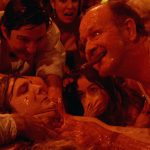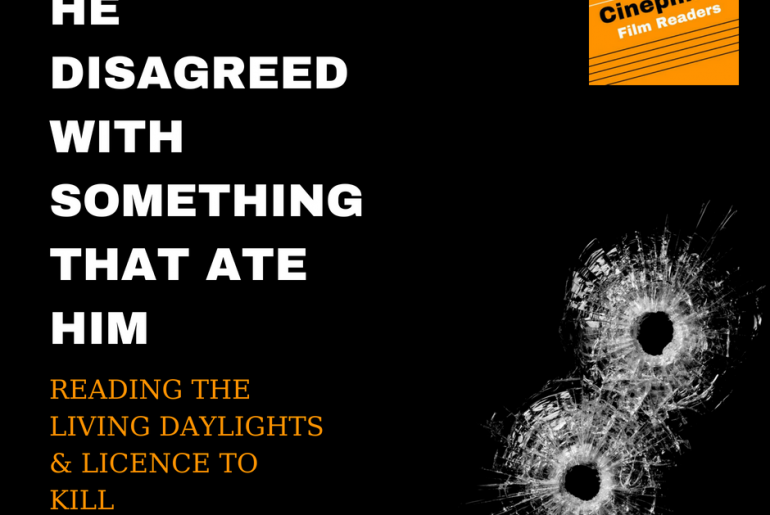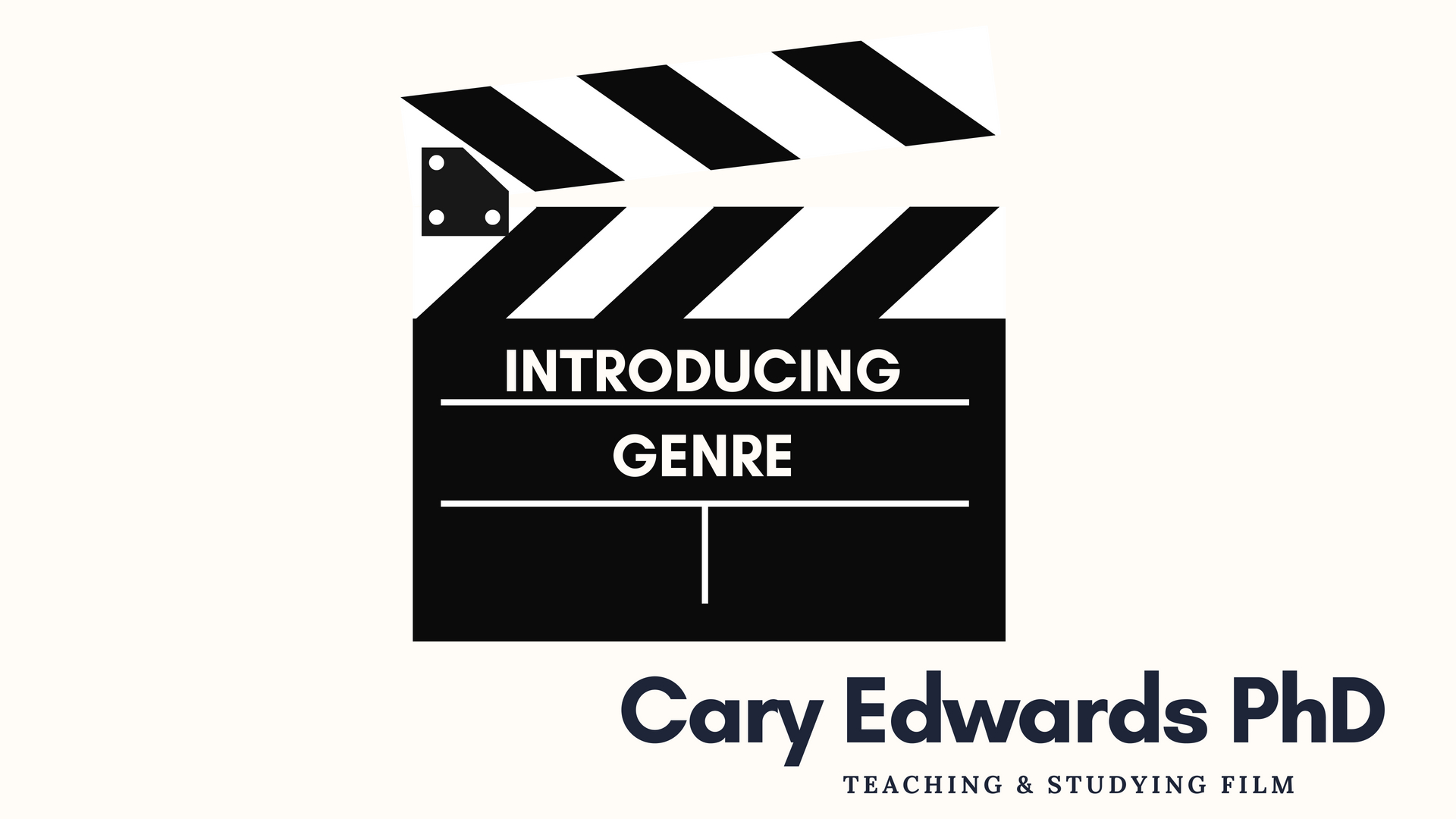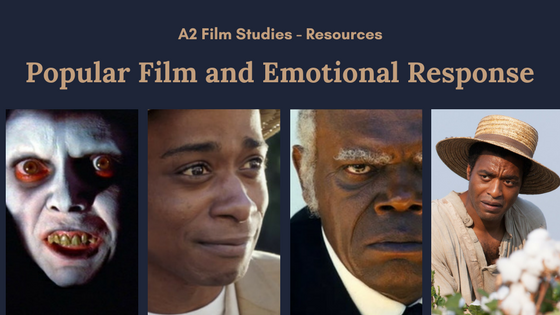This paper was originally presented to London Film & Media 2011, and published in The London Film and Media Reader 1.
The Vigilante Thriller
This essay considers the condemnatory and heavily ideological critical reactions to a cycle of US vigilante thrillers from the 1970s. The cycle includes Straw Dogs (Peckinpah, 1971), The French Connection (Friedkin, 1971), Dirty Harry (Siegel, 1971), Death Wish (Winner, 1974) and Taxi Driver (Scorsese, 1976). A common accusation was that the films were ‘fascist’, made by ‘fascists’, or liable to encourage ‘fascism’ in the film audience. This was not a label that was necessarily rejected by all the film-makers – certainly Sam Peckinpah enjoyed baiting reviewers and interviewers with a series of abrasive, and often, contradictory statements – but the consistency of this criticism highlights an anxiety in the critical reactions about the meanings of these films and, on closer inspection, the meanings of the violence they portray.
Although the critical writings are an important reaction to the texts, discourse analysis reveals a series of inconsistencies and contradictions in their assumptions about the ways in which a film can be watched. Rather than relying on these critical responses alone to guide us in terms of spectator reaction, we should instead be analysing what Ellis terms the ‘narrative image’,
“an idea of the film [that] is widely circulated and promoted … the cinema industry’s anticipatory reply to the question ‘what is this film like?’” 1
It is important to investigate how this element of para-text fixes, or aims to fix, the spectator’s experience, since the narrative image is also essential in fixing the modality of the film text. Following Hodge and Tripp, ‘modality’ is being used here in the sense that it “concerns the reality attributed to a message.”2
This has specific implications for the reception of film violence, and it is the understanding of violence that I wish to concentrate on in this essay. These distinctions were missed by contemporary critics, who ignored the concept of modality, tended to see film violence as a singular issue, and recycled basic tropes about the effect that film violence might have on the audience. Despite the consistency of the critical reaction to these films, the narrative image of each film suggests a range of spectator positions. The desire to elide these films on the part of contemporary critics, on the other hand, signals a wish to simplify the spectator experience and ignores the shifting relationship that a spectator can have in relation to several connected but different texts.
Critical Reactions: The Politics of Violence
Even a cursory glance at the American and British popular press reaction to these films reveals two central concerns, both of which are linked to the possible effect of the films on the audience and the wider implications for society. The first concern, highlighted more by the American critics than the British, is the suggestion that these films convey and promote a fascist sensibility. The second concern, which is present on both sides of the Atlantic, concerns the portrayal of violence. This is often linked to a perceived increase in the amount of violence being portrayed in film, the explicitness of the violence, and the sense that the films in question encourage the spectator in turn to be violent.
Pauline Kael’s critical reaction to the films exemplifies the general tone of the reviews. For Kael, Straw Dogs is a “fascist work of art”3 that presents the “triumph of a superior man”. Dirty Harry is a “right wing fantasy” that attacks “liberal values” and draws out the “fascist potential” of its genre4. The French Connection, for its part, features “the latest model sadistic cop”5. Gareth Epps draws wider conclusions from Straw Dogs, The French Connection and Dirty Harry such as
“it has been obvious for a long time that American filmmakers are unable to deal with the politics of the left in any recognizable way”6 .
These films, he suggests, are symptomatic of a wider right-wing tendency in Hollywood. He adds that “recent American films have begun to show a frightening sophistication in at least one area of politics – the half-world of sadism and authoritarianism which is the breeding ground of the fascist mentality”. The accusation that the films are characterised by ‘fascist’ ideology betrays an anxiety in the reviewers towards the shifting political landscape in America through the 1960s and into the 1970s.
The effects of the Vietnam War on the collective American consciousness cannot, of course, be ignored. However the shifts in civil rights movements, crime and policing are also important here. The elements that were picked out from these films and directly linked to fascism included the representations of masculinity, race and violence. From a didactic point of view, however – and many of these reviews and reactions were written in a didactic mode – there is a recurrent flaw, namely an inability to define exactly what fascism is. Its recurrent use as a blanket term in reaction to these films shows a remarkable inconsistency in its application, and also a sense that the word is being used as a short-cut, a way of marking a text as unacceptable, with no underlying understand of the word and its political/philosophical application.
Critical Reactions: Violence and Spectatorship
If fascism is one recurrent way of condemning these films, the other anxiety that emerges is the meanings and implications of violence in the films. As has been noted elsewhere, the depiction of violence in American cinema changed radically in the 1960s and 70s. There are various reasons for this, including the influence of non-American films, and the eventual dissolution of the Hays code. More important perhaps was the shift in the representation of violence on television where, from the shooting of LeeHarvey Oswald by Jack Ruby to the reports from the front line in Vietnam, violence was being shown more often and more explicitly.
Of course this form of violence, presented in news programmes, has an inherently high modality despite its mediated nature. In this atmosphere of a shifting depiction of violence, combined with a greater perception of violence in society through rising crime rates and civil unrest, the implications of watching – and more importantly enjoying – film violence became a point of anxiety for contemporary critics. The reviews of Taxi Driver generally avoided the same ideological criticism as the other films and one wonders if this is linked to the potential audience for such a film. Kael suggests, in reviewing The French Connection, that
“Audiences for these movies in the Times Square area and the Village are highly volatile. Probably the unstable, often dazed members of the audience are particularly susceptible to the violence and tension on the screen”7.
It is clear that a strain of elitism has entered the critical reaction here.
The New York Times felt the need to send reporter Judy Klemesrud to a theatre to gauge reaction to Death Wish, asking “What do they see in ‘Death Wish’?”. Klemesrud interviewed audience members and “Three mental health professionals” in the course of her quest.8 I think it’s important here to highlight the suggested opposition in that headline – “they” are clearly not “us”, “us” referring to those sophisticated enough to read the New York Times. Across many reviews and articles on both sides of the Atlantic there is a clear fear concerning the possible impact of a text on a supposedly less sophisticated audience.
These reactions were not without their contradictions. Charles Barr, for instance, noted the differences between the British critical reaction to Straw Dogs and A Clockwork Orange (Kubrick, 1971). 9 His conclusion, that the reaction differed because of the way in which violence was presented by each film – for example, by the use of telephoto lenses in Straw Dogs compared to the use of wide angle lenses in A Clockwork Orange – signals the inconsistency in the criticism of films marked as violent.
Stylistic distinctions are then critical, Barr argues, for understanding the ways in which the films operate: Minute-for-minute, A Clockwork Orange contains more instances of violence than Straw Dogs, but Straw Dogs does not allow the spectator the luxury of remaining distant through the use of the wide-angle lens. The fear of what Straw Dogs implied for cinema and the audience nonetheless moved thirteen British critics to write to The Times to decry the film’s certification, expressing their “revulsion” at the film and its marketing.10 In other reactions we see a clear perceived link between the film text and possible audience reaction (The Guardian, for example, felt strongly enough to send a reporter to New York to examine how Death Wish was inspiring American traditions of gun ownership).
The underlying fear in many of the critical reactions was that the audience, having watched the film, would themselves become vigilantes. That the critics themselves didn’t burst out of auditoria and beat up some muggers seems to have escaped their attention. Moving away from the discourse concerning the supposed effects of film violence we also encounter an inconsistency among critics to accurately differentiate between different types of violence, an inability to recognise the difference between the nature of the act being represented, and the method of its representation.
Modality and Narrative Image
The elision that the contemporary critics made between these films ignores the importance of the narrative image in conditioning the modality of the spectator’s engagement. Even if we acknowledge the polysemic nature of film texts and their para-texts, dominant themes from the marketing of the films suggest ways in which the spectator is primed to watch and respond to a text. The narrative image tells us the frame of mind in which a spectator receives a film; this in turn suggests a level of modality in which the spectator will receive the film violence. To suggest that all film violence can be measured the same way is to ignore the differing modalities of films. In short, not all film violence is equal.
The decision the spectator makes about whether to watch a film will often rest on several factors. One of the key elements is the marketing and promotional material of the film. When examining these for each film we see that they suggest several different ways in which to receive and understand the violence of the films, something typically ignored by the critics. We may thus conceive of the spectator as having a personal and private relationship with a film that takes place within the cinema, but we should also acknowledge that the spectator’s experience of the film begins with several para-textual factors that help condition their subsequent experience.
Take, for instance, the use of violence in the poster imagery for the films. Straw Dogs, whose central image is a close-up of Dustin Hoffman with one lens of his glasses broken, signals violence, but also the effect of violence on the protagonist. The French Connection uses a still of ‘Popeye’ Doyle shooting a suspect in the back as its main image. Dirty Harry concentrates on the persona of Clint Eastwood (but also the duality between the two main characters), while Death Wish uses the image of Charles Bronson. Taxi Driver’s central image, of a lost and isolated Travis Bickle posed in front of a New York street scene locates an alienated figure in a world of degradation.
This image for Taxi Driver places the spectator in a very different relationship to the violence of the text than the other posters. By not signalling the violence but concentrating on the alienation of the protagonist (in effect hiding the violence), the poster prepares us for a film where acts of violence, when they do occur, have greater weight. The casting of De Niro (still relatively unknown at this point and thus ‘absorbed’ by his role in the film), and the setting of the film in real areas of New York, confer a high modality.
This is reinforced by the presentation of the violence in the film. This is not expected in the same way as in an Eastwood or Bronson film, where violence is an inherent part of the experience. Indeed the marketing of both Dirty Harry and Death Wish so connects the characters to their actors as to create a direct intertextual link to their other films. In these circumstances film violence becomes a ritualised part of the cinematic experience. The French Connection, however, with its concentration on reality, linked to the oft-repeated information that the film was based on real events, suggests a higher modality for the film violence which it contains.
We are watching here a reproduction of real violence, not the heightened and stylised violence of an Eastwood or Bronson film. The ritualisation in Dirty Harry and Death Wish confers a lower modality on the violence, which has become part of the expected generic formula of the text, an inevitable and unsurprising element. Through its enigmatic title and ambiguous central image, on the other hand, Straw Dogs denies the spectator a secure sense of how violence will operate in the film.
Generic Contexts
The explicitness (or lack) of generic context creates other issues here. It has been noted, for instance, that both Dirty Harry and Death Wish bear relation to the Western film, in casting (the stars of both had previously appeared in successful Westerns), iconography and structure. Perhaps the relocation of the generic elements to a modern day location, stripping away the mythic trappings of the narrative, creates this discomfort around the violence.
The recognition of Western genre conventions in the narratives of Dirty Harry and Death Wish may confer a different level of modality than a film such as Taxi Driver, which has a less clear generic definition. The ritual of genre, the procession of structural and iconic elements, reminds the audience that what they are watching is a structured creation – when it runs true to form, the text offers much reassurance but little by way of surprise. This, I would propose, effectively lowers the modality.
Too often film violence is taken out of the context of reception. Film violence occurs within several frameworks, including the textual implications of narrative and genre. The narrative image of a film is explicit in its attempts to set up these elements for the spectator. Thus the debate about film violence should be embedded in not only the referential and aesthetic components of film violence, but also in analysis of the place that violence has within the contextual, paratextual and textual experience of the film. For contemporary critics of these films however, socio-political concerns of the day outweighed the specifics of the textual/para-textual experience.
Notes and References
1 John Ellis, Visible Fictions: Cinema, Television, Video, London: Routledge, 1982, p. 30.
2 Bob Hodge and David Tripp, Children and Television, Cambridge: Blackwell Publishers, 1986, p. 104.
3 Pauline Kael, Deeper into Movies: The Essential Collection, from ‘69 to ’72, London: Marion Boyars, 1975, p. 398.
4 Kael, Deeper into Movies, p. 385.
5 Kael, Deeper into Movies, p. 316
6 Gareth Epps, ‘Does Popeye Doyle Teach Us How to be Fascist?’, The New York Times, 22 May 1972, II:15, p. 1.
7 Kael, Deeper into Movies, p. 316.
8 Judy Klemesrud, ‘What do they see in Death Wish?’, New York Times, 1 September 1974, II:1, p. 5.
9 Charles Barr, ‘Straw Dogs, A Clockwork Orange and the Critics’, Screen, vol. 3 no. 2, 1972, p. 23.
10 Fergus Cashin, John Coleman, N. Hibbin, Margaret Hinxman, Derek Malcom, George Melly, T. Palmer, J. Plowright, Dilys Powell, David Robinson, John Russell Taylor, Arthur Thinkell, and Alexander Walker, ‘From Mr. Fergus Cashin and Others”, The Times, 17 December 1971.



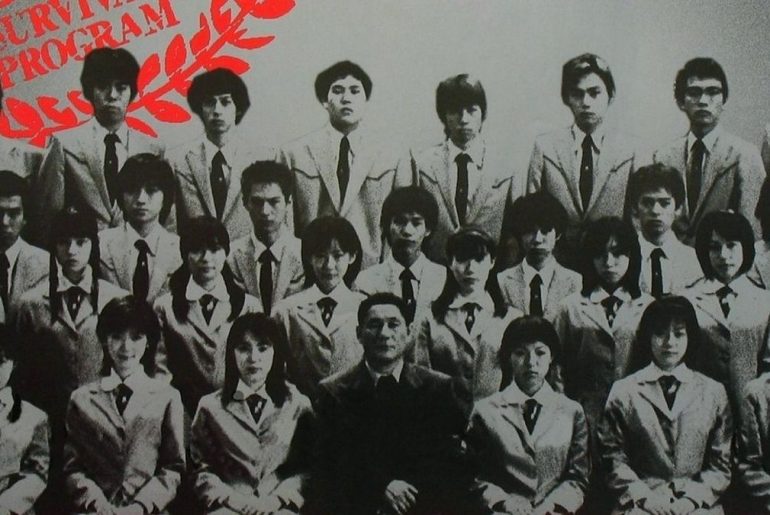
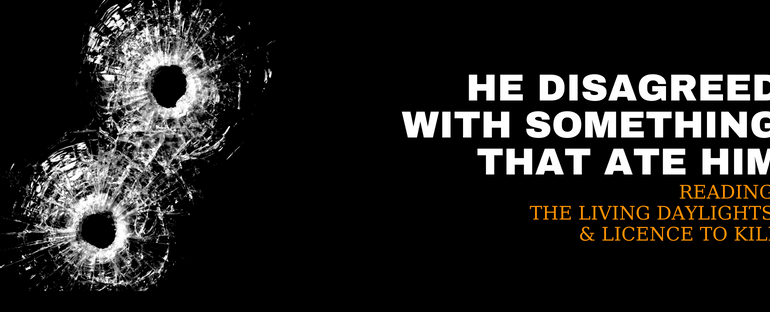



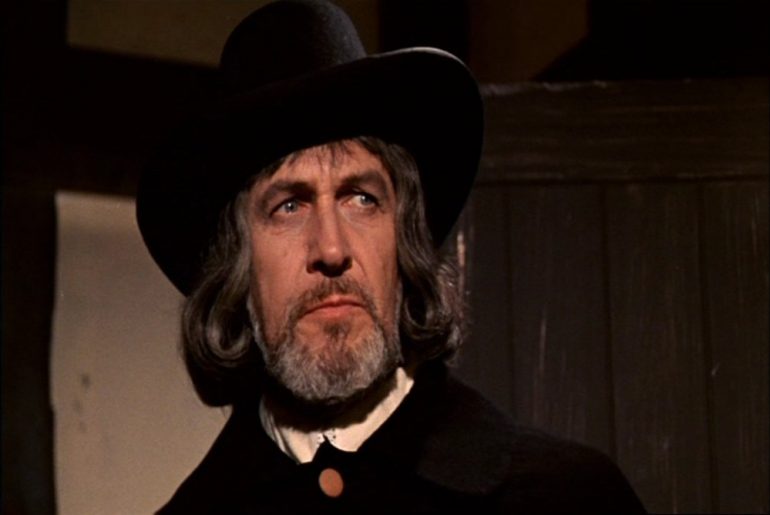
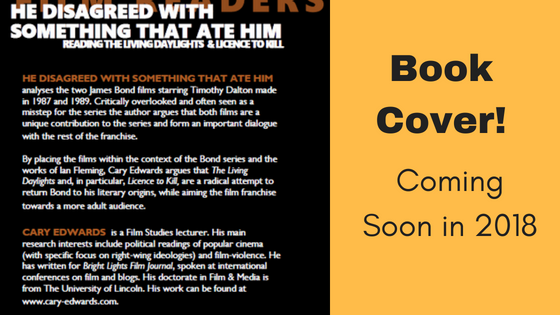
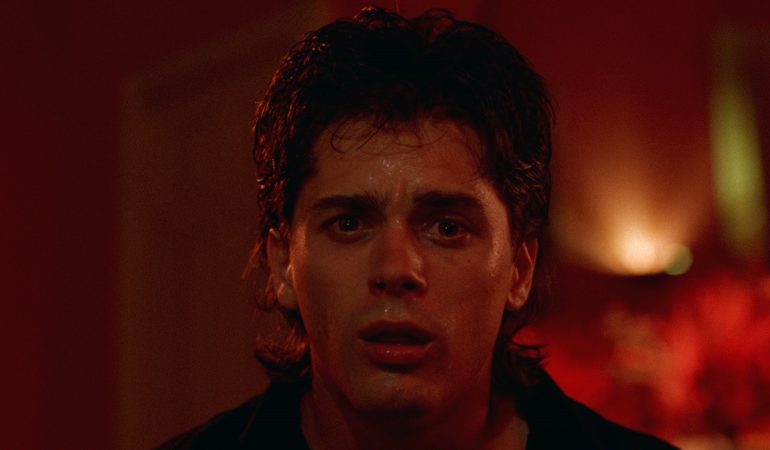
 On the surface Society plays on recurrent adolescent fears of entering adulthood, especially in the realms of sexual relations. In many horror films, especially in the Slasher sub-genre, anxieties faced by the adolescent are dramatized; the killer, or monster, which must be conquered stands in for the desires/fears that need to be repressed for successful entry into the symbolic order. That the monster has a sexual ambiguity to it has been noted and extensively examined (particularly by Carol Clover). In many respects Society follows this formula as it centres on Billy Whitney (Billy Warlock
On the surface Society plays on recurrent adolescent fears of entering adulthood, especially in the realms of sexual relations. In many horror films, especially in the Slasher sub-genre, anxieties faced by the adolescent are dramatized; the killer, or monster, which must be conquered stands in for the desires/fears that need to be repressed for successful entry into the symbolic order. That the monster has a sexual ambiguity to it has been noted and extensively examined (particularly by Carol Clover). In many respects Society follows this formula as it centres on Billy Whitney (Billy Warlock The opening of the film foregrounds this willingness to be subversive and to blur boundaries between reality and fantasy. A typical dream sequence occurs in which Billy, clutching the classic slasher weapon of the kitchen knife, walks scared through his own house, only to be confronted by his mother all the while a female voice sings a haunting rendition of the Eton Boating Song (reminiscent of the use of nursery rhymes in the Elm Street series and tying the film to old-world class structures). The film cuts to the psychiatrist’s office where Billy confides his feelings of fear and dread to Dr Cleveland. Billy takes an apple and bites, revealing worms within. It’s an obvious but still potent symbol of the corruption under the skin in this supposed Eden. Then, adding another surreal layer, it cuts to a flash-forward of the Shunting, allowing us to see merged body parts, covered in a sticky fluid with muted moans as the Eton Boating Song Resumes with a new re-written lyric;
The opening of the film foregrounds this willingness to be subversive and to blur boundaries between reality and fantasy. A typical dream sequence occurs in which Billy, clutching the classic slasher weapon of the kitchen knife, walks scared through his own house, only to be confronted by his mother all the while a female voice sings a haunting rendition of the Eton Boating Song (reminiscent of the use of nursery rhymes in the Elm Street series and tying the film to old-world class structures). The film cuts to the psychiatrist’s office where Billy confides his feelings of fear and dread to Dr Cleveland. Billy takes an apple and bites, revealing worms within. It’s an obvious but still potent symbol of the corruption under the skin in this supposed Eden. Then, adding another surreal layer, it cuts to a flash-forward of the Shunting, allowing us to see merged body parts, covered in a sticky fluid with muted moans as the Eton Boating Song Resumes with a new re-written lyric;